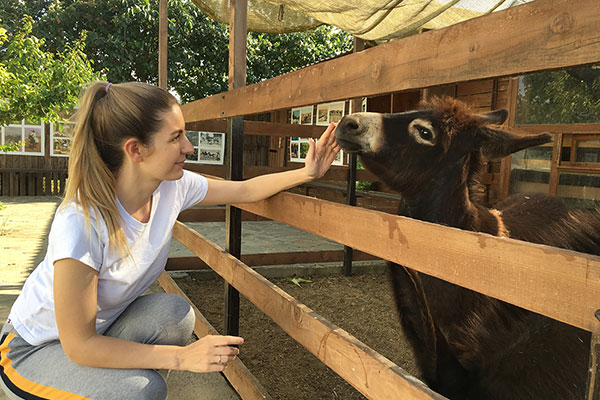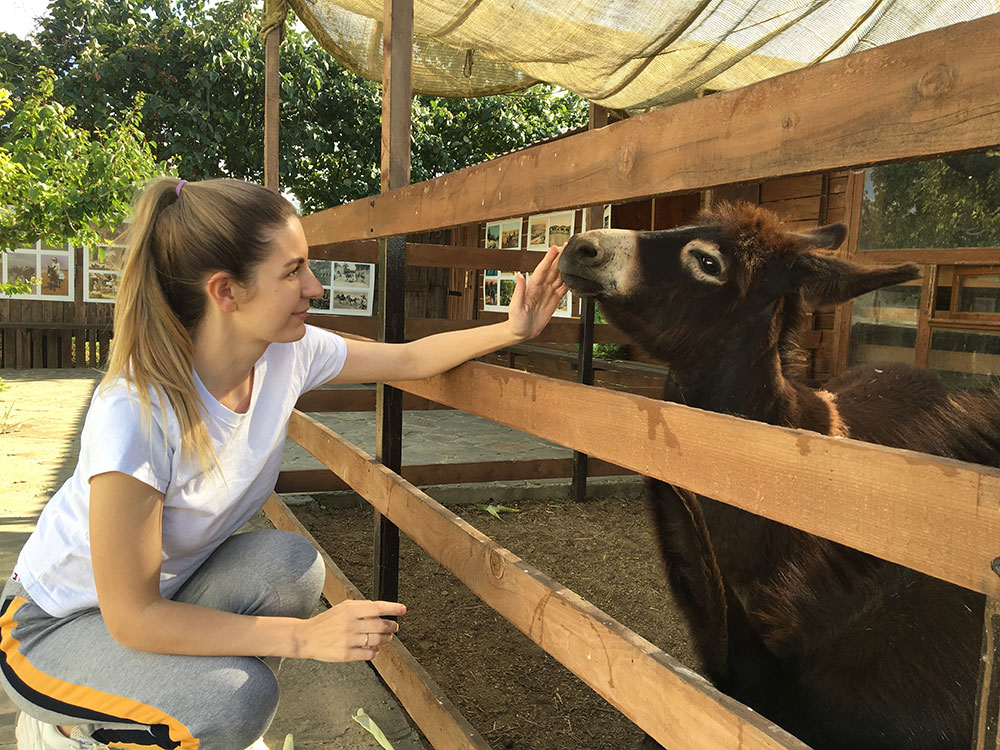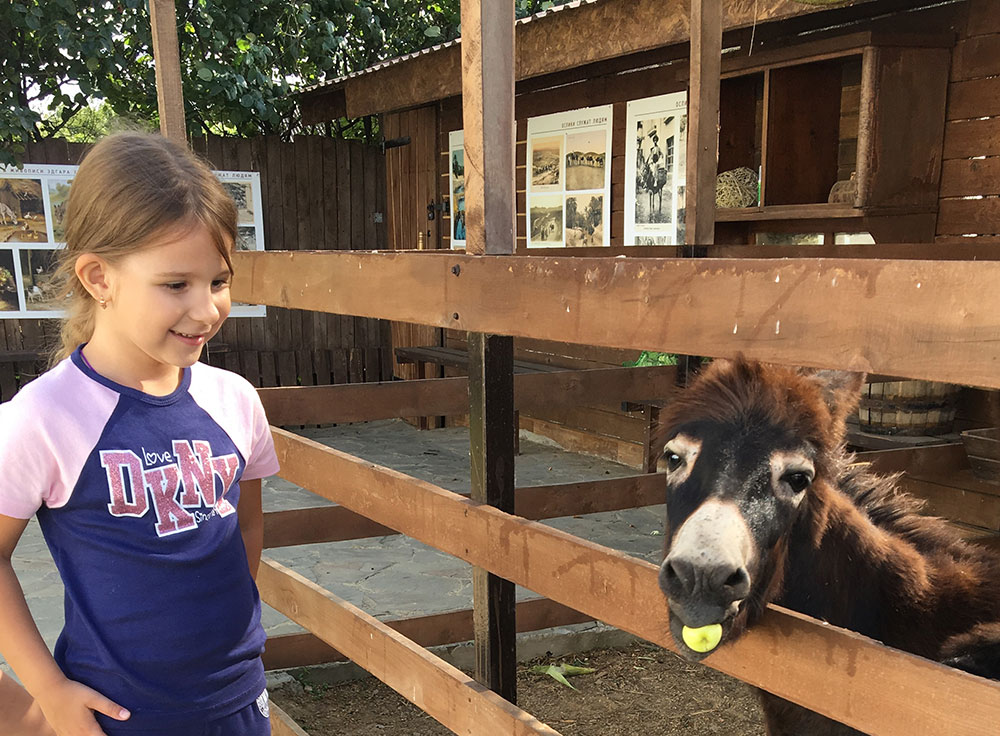Every year, on May 22, the International Day for Biological Diversity, which was proclaimed by the UN General Assembly in 1995,is celebrated. The Biological diversity is all the diversity of life on the planet, which is rapidly decreasing today. Animals, plants, natural landscapes, ecological systems disappear from the Earth… the main reason for the disappearance of the representatives of flora and fauna the scientists call the human activities, in the process of which the natural balance in nature is disturbed, which is dangerous not only for plants and animals, but also for humanity.
The “Donkeys Planet” museum is dedicated to the history of the development of human society from ancient civilizations to the present day, as the example of the life of a donkey, which was domesticated 1000 years before the horse-about six thousand years ago.
However, over the past 100 years some breeds of these remarkable workers
and human helpers have disappeared forever, and others are on the verge of extinction. Soon our grandchildren will not remember that such an animal lived on Earth. In modern children’s books about pets, the donkey is no longer there. When the baby learns the first sounds, he can say the animal sounds, like:”Meow”, “Moo”, “Woof”, “Quack”, but not “Eeyore”.
There no more Atlas donkeys on Earth, the Syrian wild donkey also disappeared, endangered breed of Catalan (Spain) donkeys are close to disappear, while the Catalan donkey is considered to be the unofficial symbol of Catalonia. The breed was bred in the early middle Ages and quickly became popular due to the special endurance and strength of these animals. During the period of the most powerful development of industry in the United States (18th-19th) the Americans initially purchased the Catalan donkeys for using them on the railway construction sites and mines. With the beginning of industrialization in the 20th century, the working animals were gradually replaced by the machinery, the demand for the Catalan donkeys fell sharply, and the breeding of them became unnecessary.
Our museum has more than 3,500 exhibits. Since it has always been important to attract the attention of famous people to the problem of the disappearance of animals, including the donkeys, the collection includes the photos of famous people, like politicians, actors, and musicians: John Kennedy, Princess Anne, Princess Beatrice of Austria, Tsarevich Alexey, Brigitte Bardot, Vladimir Etush, Arnold Schwarzenegger, the “Beatles” in full, Alexander Demyanenko and Natalia Varley, Audrey Hepburn, Louis de Funes, Fernandel, Dmitry Nagiev, Jean-Paul Belmondo, Dmitry Malikov and Valery Syutkin, Sophia Loren and many other popular people.
We invite all the people, who are not indifferent to the fate of the donkey, to support this wonderful and sad project, to add the collection of our museum by posting the photos of yourself with donkeys on social media pages with the #planeta_oslikov_temruk hashtag. All the received photos will be placed on the museum’s territory next to the works of famous painters, photographers and engravers, in the same row with the famous people.
But the most important thing is that, if the donkeys disappear, then the set
the subjects of the “Bible”, one of the main books of humanity, will become
incomprehensible to the people of the future. In the photo: the owner of the donkey collection Elena Ogurtsova and her daughter Lisa.


